By Ray Bennett
In the 1950s, Duane Eddy, who died on April 30 aged 86, was one of the American rock stars most popular in the United Kingdom. With his band the Rebels, his hit singles ‘Rebel Rouser’, ‘Peter Gunn’, ‘Ramrod’, ‘Because They’re Young’ and ‘Forty Miles of Bad Road’ made him red-hot with teenagers along with hits of Elvis Presley, Bill Haley, Little Richard, Buddy Holly and the Everly Brothers.
Little more than a decade later, it was a different story.
In the early Seventies, I was working for The Windsor Star newspaper in the southwestern Ontario city across the river from Detroit. One of the top venues in the area, attracting big audiences on both sides of the border, was called the Elmwood Casino. Top names from Frank Sinatra to Shirley Bassey to Tom Jones played there to sell-out crowds.
When crooner Al Martino (who went on to play Johnny Fontane in the ‘Godfather’ movies) appeared at the Elmwood Casino in August 1970, our regular entertainment guy was away and I was assigned to cover the gig. Martino was familiar to me as his recording of ‘Here In My Heart’ was the first ever number one hit on the U.K. singles chart in 1952 but I wasn’t interested in talking to him, not once I learned the name of the guitarist in his band. Duane Eddy had no solo in the show and no limelight. He was there as an expert and professional musician.
Martino’s people were upset that I didn’t want to interview him but the chance to speak to one of my early musical heroes was too great to pass up and Eddy agreed to talk to me.
At 32, he looked very different – at least in appearance – from the man who helped lead pop music into a whole new era back in the Fifties. A quiet, soft-spoken man with longer hair and a beard, he gave the appearance of being a little weary, perhaps a trifle ravaged by the cruel business he was in.
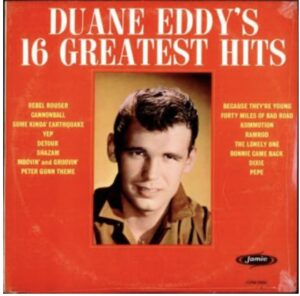 There was no bitterness, not the slightest suggestion of being defeated or down. The man was a fountain of quiet energy and enthusiasm that he revealed gingerly as if he had been let down by people in the past. His smile was warm and genuine.
There was no bitterness, not the slightest suggestion of being defeated or down. The man was a fountain of quiet energy and enthusiasm that he revealed gingerly as if he had been let down by people in the past. His smile was warm and genuine.
Only when I brought it up did he talk about the glory times, the fame and subsequent decline. ‘They were good days’, he agreed. ‘It really was a time of revolution in pop music. For the first time, it began to be a youthful thing. Before Haley and Presley and those people came along there was the Top 10 but soon it became the Top 100.
‘It would be fun to think of a group of those guys playing together like the “supergroups” – it would be difficult, though – Jerry Lee Lewis, Little Richard, Fats Domino, Chuck Berry. All good people. That was one of the aspects of pop music in those days, the guys in it really were nice guys. It was all new to them and many of them got taken for a ride. Now, it seams to have gone the other way with some of the rock people – they look after themselves.’
Eddy had little tolerance for the myths of show business. He did not react with indignation, though, just a knowing smile. ‘There are pressures in the business but you find the people who cannot handle it are those who aren’t really stable. The ones who do all the complaining about being harassed by fans and other things are the first ones to complain if it all disappears. But don’t believe that story about helping people on the way up because they’ll help you on the way down, either. When you’re on the way down, you never see those people.’
The Rebels’ last big hit had been in 1964. ‘The guys reached a stage where it was tiresome doing endless one-nighters, constant touring,’ Eddy told me. ‘They wanted to get married and stay home. I got married too and felt the same way.’
His marriage ended, though, and he went to Europe. ‘I’d still been recording and doing session work, he said. ‘I lived in London and formed a group called the Quotations – mostly guys from the old Merseybeats rock group. We toured all over Europe.’
The guys from the Rebels – pianist Larry Knechtel, sax and flautist Jim Horn and guitarist Al Casey – had all become top session men in Los Angeles and Eddy said, ‘When I returned from Europe, I was doing recording work too. In March this year, I was working with Al Martino amdnd he asked me if I’d like to play for him in Las Vegas. It seemed like a good idea and we’ve worked together several times since.’
Eddy said he wanted to get back into recording. ‘I’ve just got a single out – a soft, gentle version of George Harrison’s “Something”. I don’t think I’ll get into the heavy rock sounds, though. In the fall, I’m going to get a group together and tour the Orient and see what comes out of that.’
As we know, a great deal was to come after that over the years as he made many more albums, played major gigs, worked with the biggest names in rock and entered the rock’n’roll and musicians’ halls of fame.

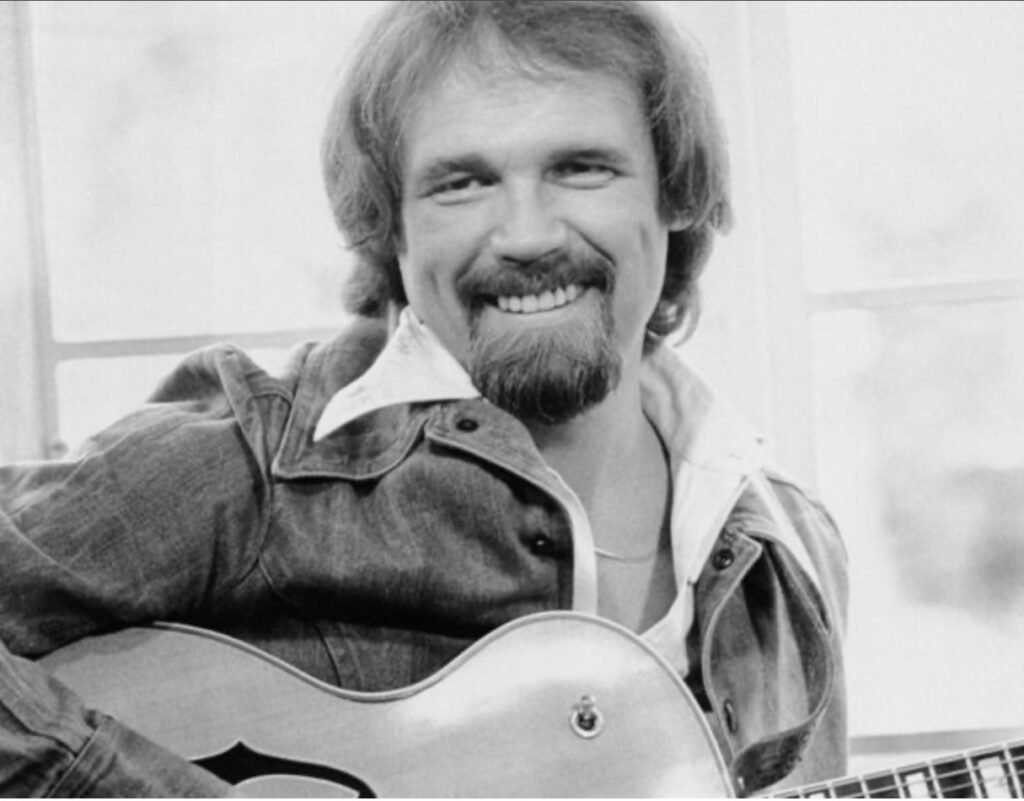
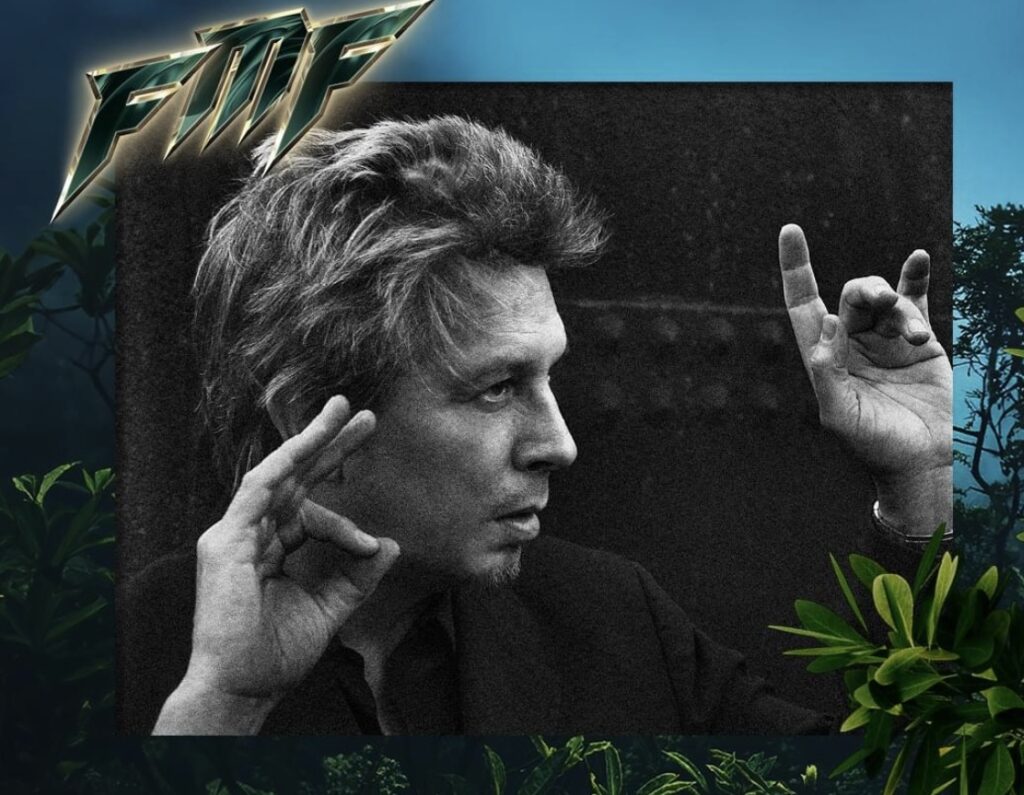
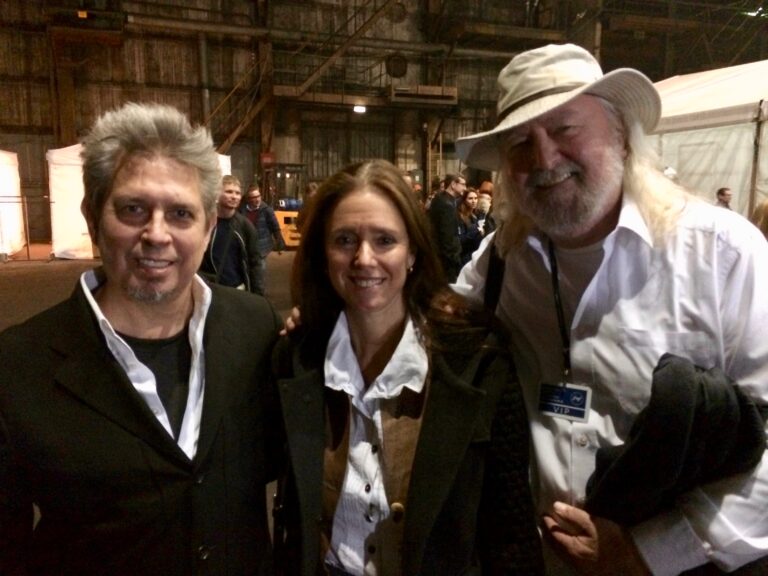
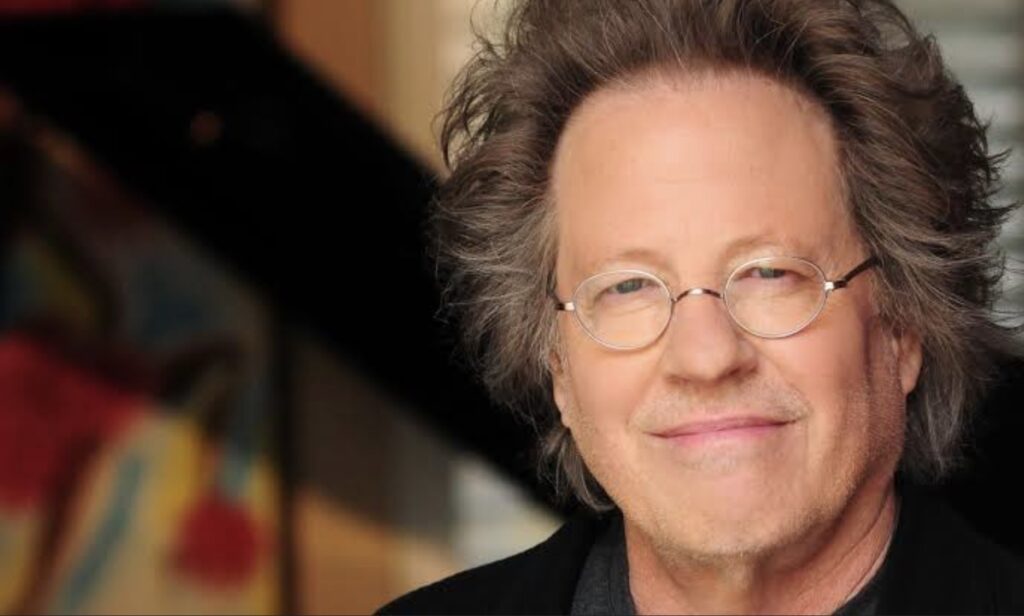
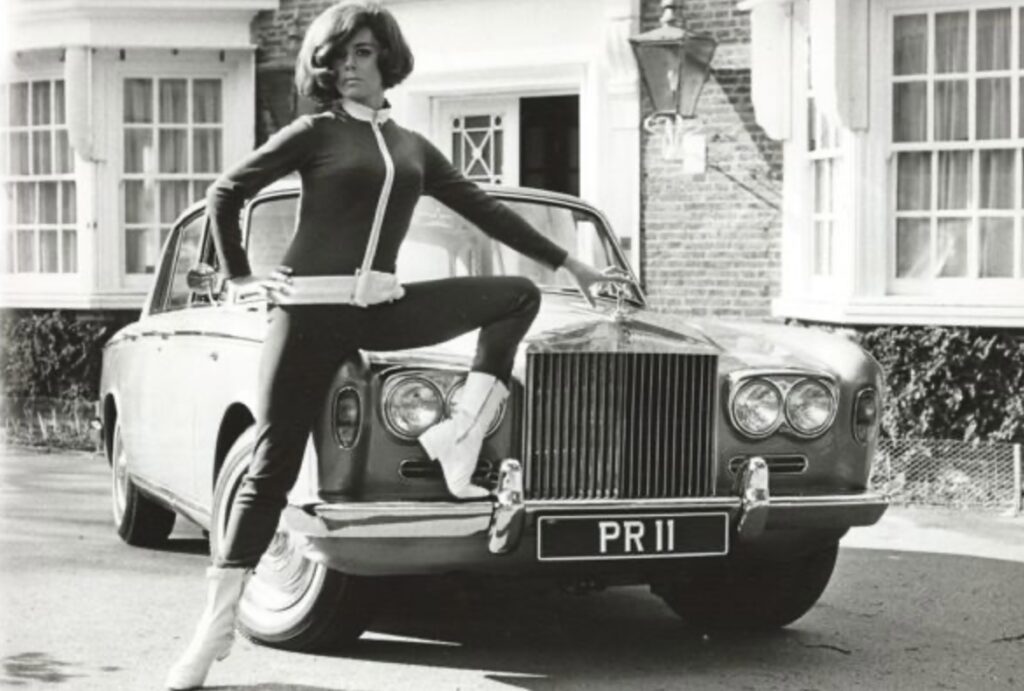
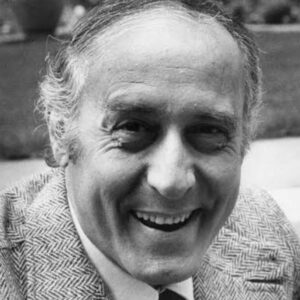
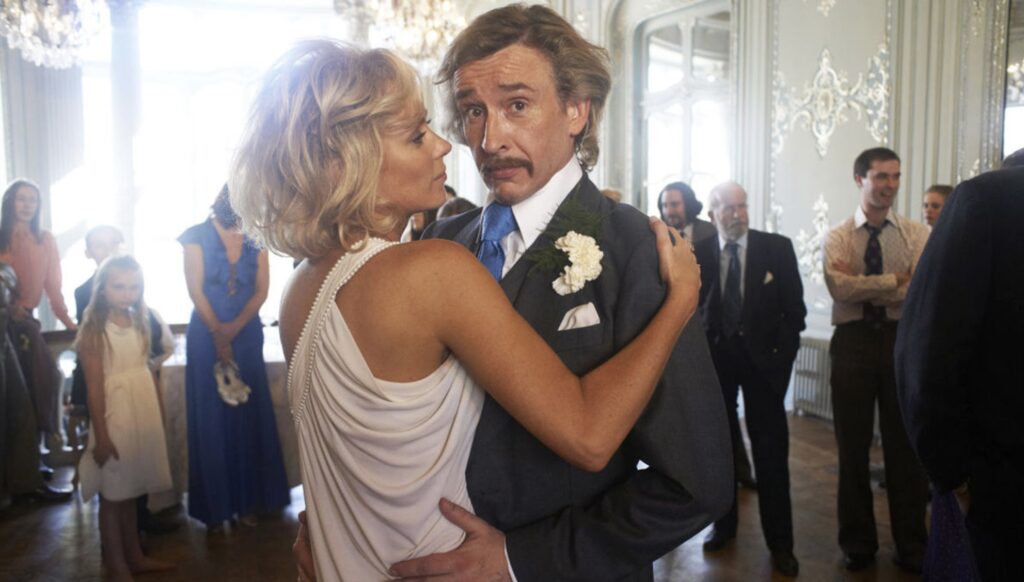
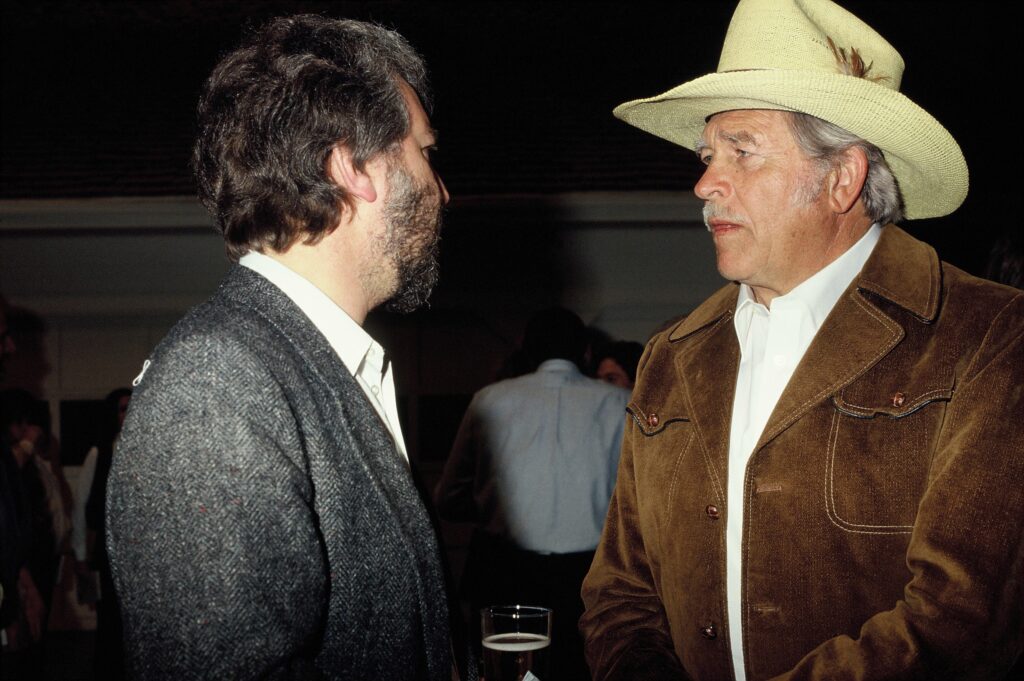
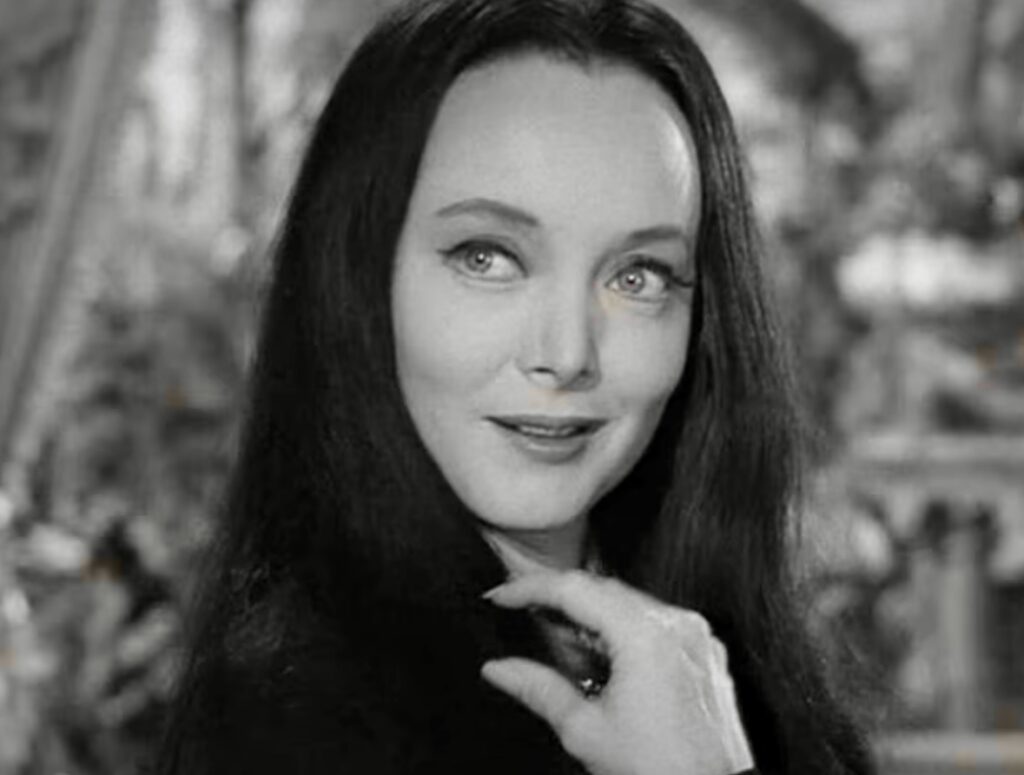

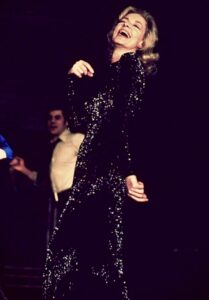
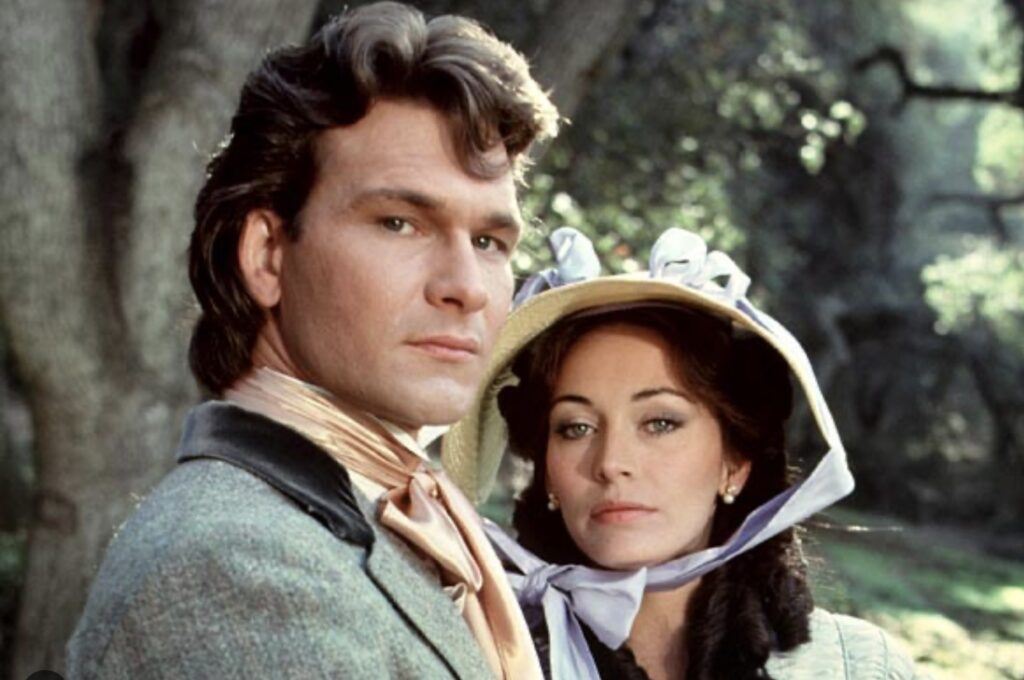
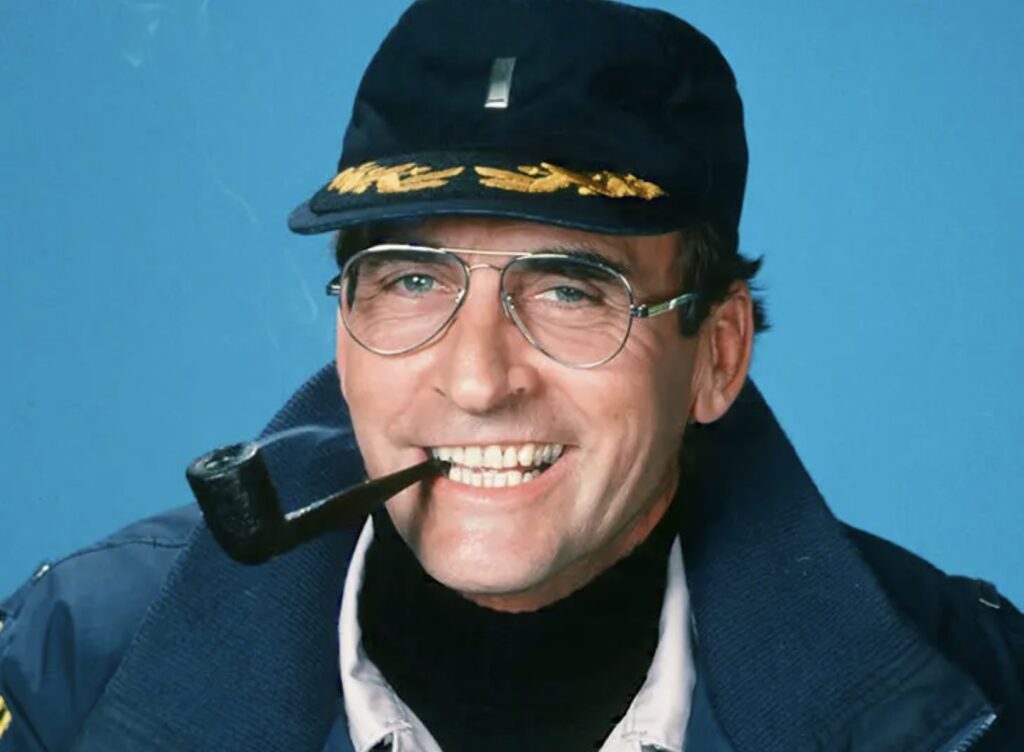
Marlon Brando: the man behind the myth
LONDON – The myth surrounding Marlon Brando, who was born 100 years ago today, has centred not only on his brilliant acting in films such as ‘A Streetcar Named Desire’ (with Vivien Leigh above), ‘On the Waterfront’, ‘The Godfather’ and ‘Apocalypse Now’ but also his eccentric ways and latterly immense girth.
It’s instructive to recall what he was like as a young man when he burst into worldwide fame on stage and screen. When he made his first movie – ‘The Men’ (below left) in 1950, a story about disabled war veterans – Brando spent six weeks living in a hospital ward of paraplegic soldiers. Determined to recreate their reality on film, he shared their lives and won their confidence.
‘You poor man,’ she told the actor. ‘Wouldn’t you like to walk again? I have the power.’
Brando decided to play along, Higham writes: ‘Marlon let out a long sigh and stood up pretenting to be a little shakey. Then, slowly but surely he began to dance around the room terminating with a frenzied jig that had all of the veterans hysterical with laughter.’
The depth of the actor’s feelings for those undefeated soldiers is in every frame of ‘The Men’ and that night says a lot about Marlon Brando – the man, not the myth. He was always a curious mix of animal magnetism, intellectual irony and childlike mirth. Born in Omaha, his acting instincts and impish nature were soon revealed. He excelled at swimming and American football and when he moved to New York in 1943 to study acting his physique was a plus. His electrifying success in the Tennessee Williams play ‘A Streetcar Named Desire’ on Broadway in December 1947 owed as much to his sex appeal as it did to his obvious acting prowess.
At first, Brando did not relate to his British leading lady, Vivien Leigh, as he found her delivery to be affected and false. According to Higham, her very English manners bothered him so much that he demanded, ‘Why are you so fucking polite?’
That all changed when the actor learned that Leigh was suffering from tubeculosis. Leigh biographer Anne Edwards writes, ‘Brando would sing folk songs for her in a pleasant voice and do imitations of Laurence Olivier (Leigh’s then husband) as Henry V.’
Leigh won an Oscar for her performance as did Hunter and Karl Malden. Brando was nominated but lost to Humphrey Bogart in ‘The African Queen’. In 1954, it was a different story with ‘On the Waterfront’ (with Rod Steiger above). A gritty drama about corruption in the longshoremen’s union in New York’s dockland, it survives today as a forceful depiction of betrayal enhanced by brilliant acting. At the time, for the liberal Brando it was a reminder of betrayal of anoter kind.
Brando hated ‘On the Waterfront’ according to Higham and for years went into a rage whenever Kazan’s name was mentioned although supposedly he later forgave him. They both won Academy Awards and Brando accepted his Oscar from Bette Davis. ‘I can’t remember what I was going to say for the life of me,’ the actor said. ‘I didn’t think ever in my life that so many people were so directly responsible for me being so very, very happy.’
Such was Brando’s pre-eminence that even today his next film, ‘Guys and Dolls’ – Joseph L. Mankiewicz’s film version of the Frank Loesser musical ‘Guys and Dolls’ based on writer Damon Runyon’s stylised New York gangster stories – is noted more for his appearance than the Frank Sinatra vehicle it might otherwise have been.
It was not the first time Brando had a fight on a movie set. On the 1962 picture ‘Mutiny on the Bounty’, he went through three directors. Carol Reed walked away after Brando objected to the script making Captain Bligh the main focus rather than his rebellious character Fletcher Christian. Trevor Howard (with Brando above left) told me years later that Reed would not suffer Brando’s tantrums. Howard said he got along with his co-star but lamented the change in the direction of the script, which came in fits and starts from Hollywood. Lewis Milestone compleated most of the film but finally quit in exasperation so George Seaton directed the climax of the film.
The film was a flop but Brando seemed to find peace in the South Pacific. After notoriously failed marriages, he settled on an island there leaving only to make a series of cinematic bombs. It was not until he made ‘The Godfather’ (above) in 1972 that he redeemed himself.
Director Francis Ford Coppola bought Mario Puzo’s bestselling gangster novel and immediately actors from Danny Thomas to Burt Lancaster made it known they were available for the role of family patriarch Don Corleone. Coppola wanted one of two actors – Laurence Olivier or Marlon Brando.
Brando agreed to audition and while the story of his stuffing his cheeks with tissue paper has been disputed, he landed the role. During production, his impish humour surfaced and he got into ‘mooning’ contests with co-stars James Caan and Robert Duvall but it became clear that his work on the film was remarkable.
It was largely downhill after that although ‘The Formula’, ‘A Dry White Season’, ‘The Freshman’ and ‘Don Juan DeMarco’ made up for dross such as ‘The Island of Dr. Moreau.’ Some of us remain fond of earlier pictures such as ‘The Young Lions’, ‘One-Eyed Jacks’, ‘The Ugly American’, ‘Reflections in a Golden Eye’, ‘The Night of the Following Day’, and ‘The Missouri Breaks’.
He died aged 80 on July 1 2004